Your weekly wander with seasonal wildlife (18 July 2025)
After a quiet start, the birds of prey come out in force.
First, thank you for joining Wild This Week in its new home as a section of Birdfolk! For any newcomers, this is an entirely free weekly tour of some seasonal wildlife here in the UK (not limited to birds). And to any of my original subscribers, it’s great to see you here! Enjoy!
While moving some of my stuff to my parents’ house, I managed to find an hour to head to nearby location with my Dad. Somewhere that is virtually unknown to other birders.
Enter at your own risk…
The reason we rarely see anyone else here? Probably because it’s a wild space with a huge industrial utility centre in the middle of it. An abundance of signs warn you that you’re there ‘at your own risk’. Fine by me!
The chalky hills are full of flowers – orchids, small wildflowers, teasels and bramble blossom. There are Burnet Moths (and their caterpillars) and bumblebees everywhere.
There are, usually, Red Kites, Buzzards and Kestrels overhead. But this time, the skies were quiet. Almost too quiet – what’s going on?
The odd Wood Pigeon flapped past, raising our hopes momentarily. Because, silhouetted in flight and from the right distance, they resemble a very special bird of prey that has been known to nest at this location.
But no, just pigeons. And they weren’t the only red herrings we saw – Crows and Jackdaws appeared overhead. I’d point and hope it was at least one of the local Ravens.
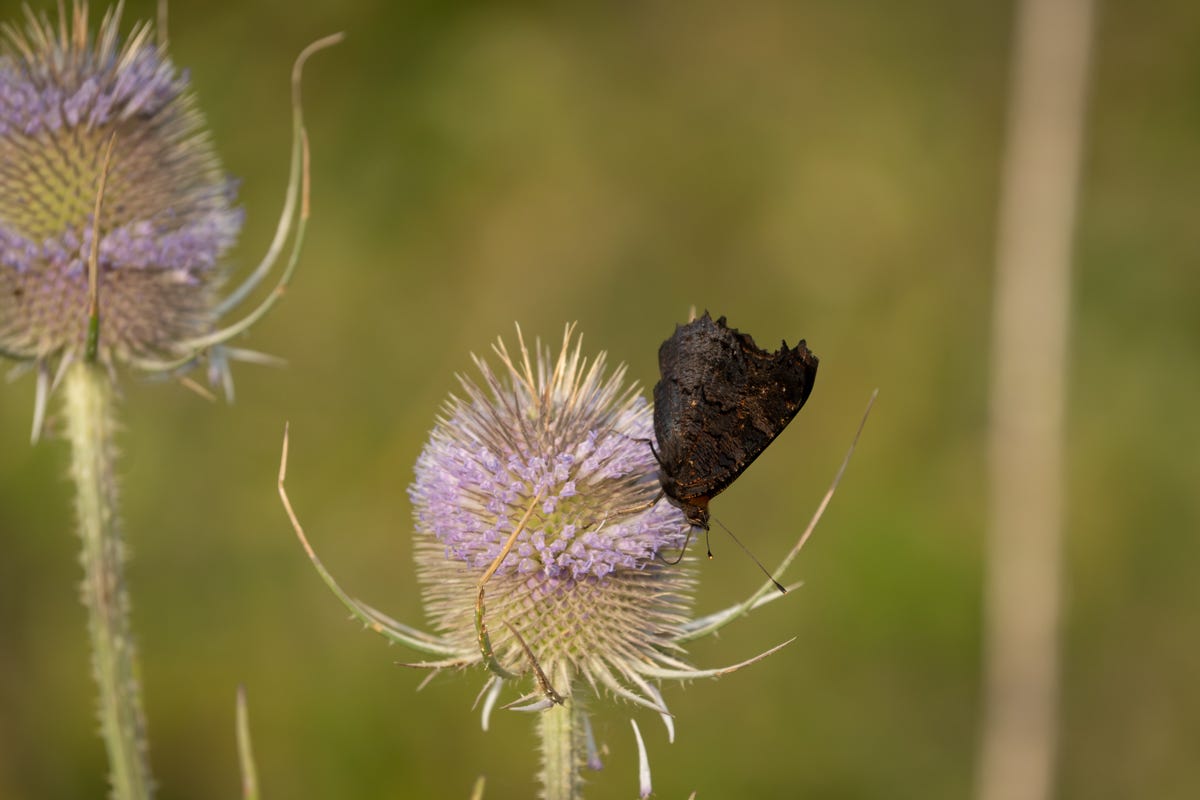
As we reached the end of our circular walk, we had seen precisely nothing of note. Just as we were about to cut down the hill to the car, we heard it: a repetitive shrieking cry. The unmistakable begging of a juvenile bird of prey!
We hurried to an area that would afford us a view – just as a Peregrine Falcon passed over. Was that it? Our only sighting? He may not have been going at his top speed of 200mph (390km/h), but it was still a bit too fleeting for my liking!
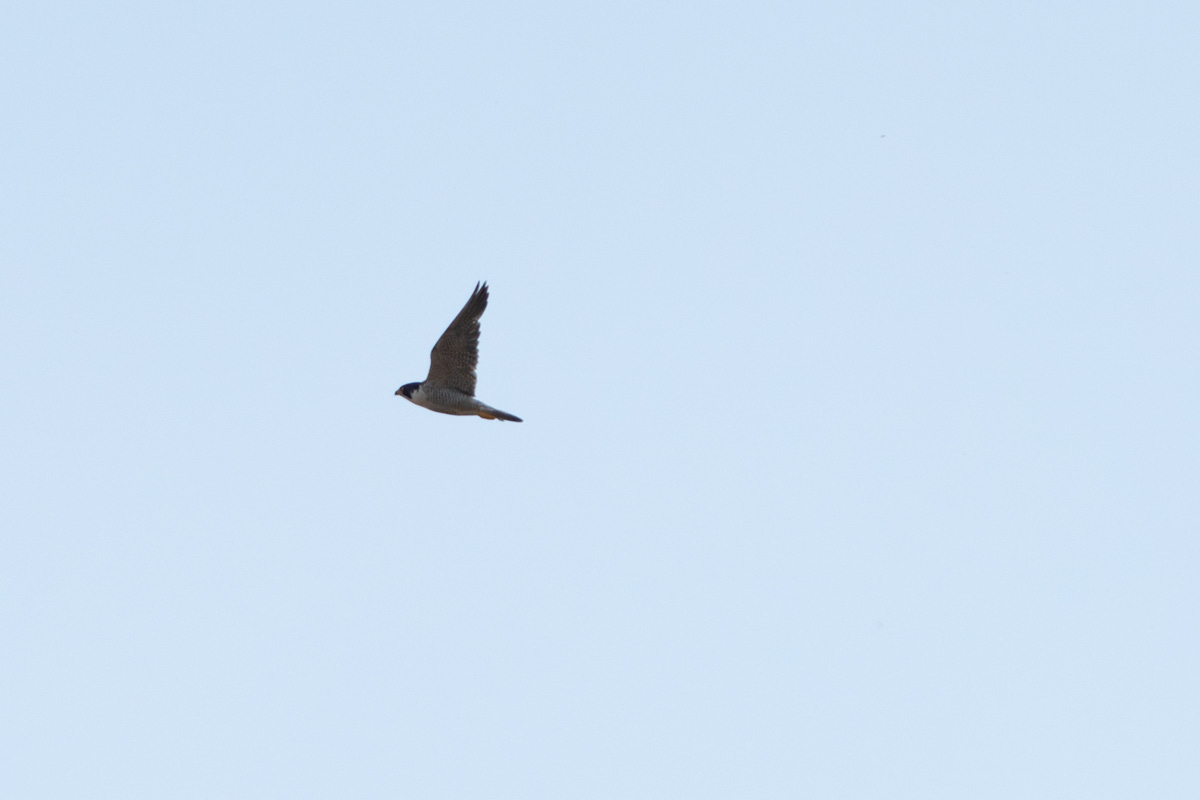
But after a few minutes, Dad pointed out something on a pylon (the Peregrines’ favourite nest site). Once we had adjusted our cameras for the sun in the background and fired off a few shots, we zoomed in to see what we were looking at. Two juvenile Peregrines! One tearing into some prey, the other sat just in front.
Then we noticed a little face peering over one of the girders in the background – an adult (identifiable by its steel grey plumage, well defined black mask and yellow beak compared with the youngsters brown plumage, faint mask and brownish beaks).
A couple of years ago the Peregrine nestlings at this location perished on an especially hot day. It was such a relief to see these ones fledged and healthy with an adult nearby. And then, on another pylon – a second adult. The male we had a fly-past from moments before.
A final sighting of a huge corvid perched the far side of the industrial site topped it off. Even at the huge distance, the size of its beak made it unmistakably a Raven.
We headed back to the car. My dad and I have an uncanny knack for taking ‘shortcuts’ that end up being deer paths that lead us to bogs, brambles or steep climbs. Mum was surprised to see us back relatively soon and unscathed!
Away with the owls
While I’ve not strayed far from home this year (and even less so this week), it was at this time last year that I headed up to the stunning Lake District for a few days.
The hotel I stayed at has a small temperate rainforest in its grounds. That’s pretty exciting on its own – we don’t often think of ‘rainforests’ in the UK. But the adorable Red Squirrels that live there are by far the stars of the location.
While Reds are usually more shy than their larger, invasive grey cousins, they seem equally amenable to becoming tame. This population of Reds thankfully do not allow you to touch them, though you can get very close.
I then made the short trip to RSPB Haweswater – one of the loveliest drives I’ve ever taken. You follow a long road alongside a lake, nestled in a valley between huge rolling hills.
The walks at the end are magnificent. Overhead, Ravens and Buzzards. And, if you watch the hillsides closely, huge Red Deer stags and their herds of hinds.
On the way home, I had plans to drive up and down a zigzag of country roads until I found the right place to stop and watch for a Short-Eared Owl. This one had other ideas, and appeared alongside my car.
These day-flying owls have a wingspan of up to 1.3m, yet never reach 500g in weight. It appears on every continent except Australasia and Antarctica – more widespread than most other birds. And their favourite food is voles, which is handy because there are more than 150 species to choose from.
The largest type of vole, the Water Vole, can reach up to 350g. The very smallest adult Short-Eared Owl could weigh just 200g (according to Cornell Lab). While those individuals would be extreme outliers, it’s an interesting contrast between predator and prey!
Not only was the shorty a lifer, it’s one of my favourite birds. Those beautiful yellow eyes, the pretty plumage and the sheer size compared with the other three owl species I’ve seen here are just exceptional.
I pulled over and hurried to get my camera unpacked. I knew that the sound of the car door might spook it, and that it may disappear before I got my shot. But for whatever reason, it decided to stay and hunt around me – for three magical hours.
Back and forth over the long grass and scrubby bushes, suddenly pulling itself up before dropping like a stone with long legs outstretched. It caught several voles in that period, making its way back to a spot on the ground among dense gorse with each prize.
The elegance with which it flies, the way it directs its face down like a radar dish when it hears something and that satisfying drop onto its prey – I’ll never forget it.
Back then I was much less experienced with my camera, and it was a little dark and cloudy. In fact, I’ve lost the RAW files (temporarily), so these are rough-and-ready edits. But I still look at these photos and smile. Time spent with owls is unforgettable.
What have you you spotted out and about this week? Or has it been quiet (too quiet) like the start of my trip that ended in Peregrines?
The gubbins
If you’d like to know more about Birdfolk, start here!



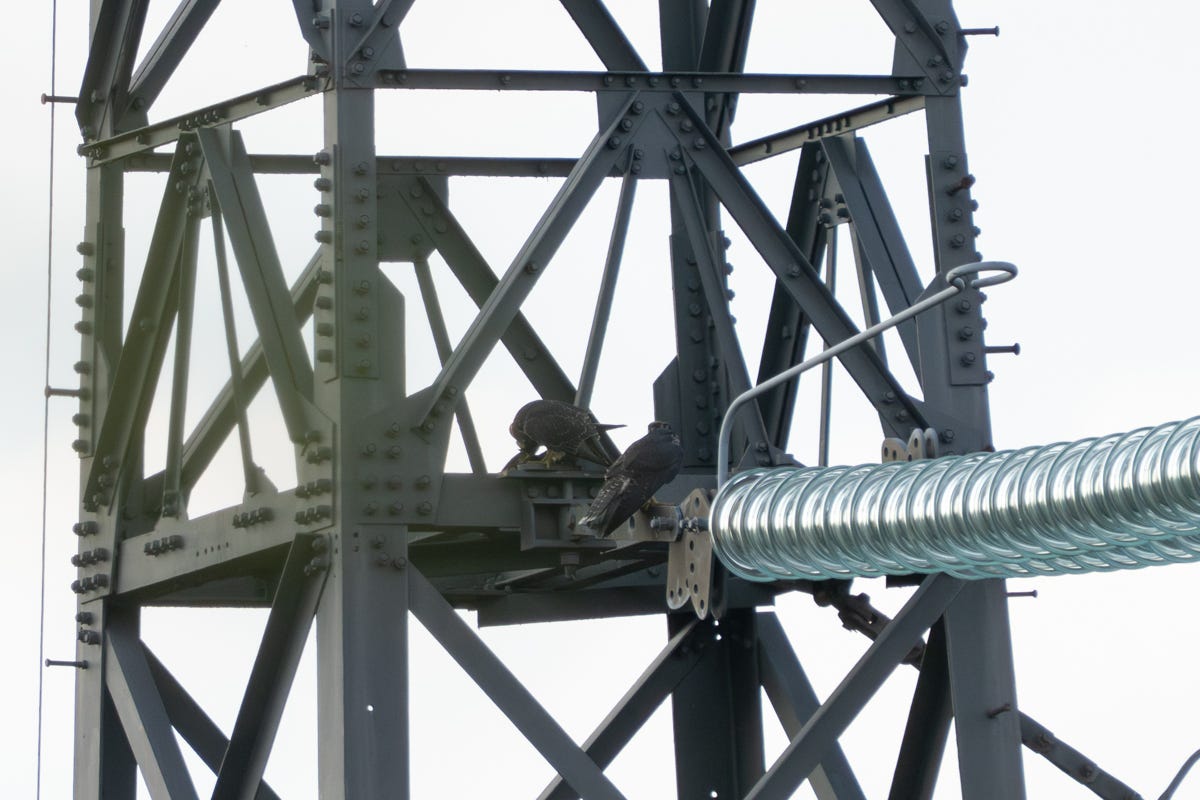


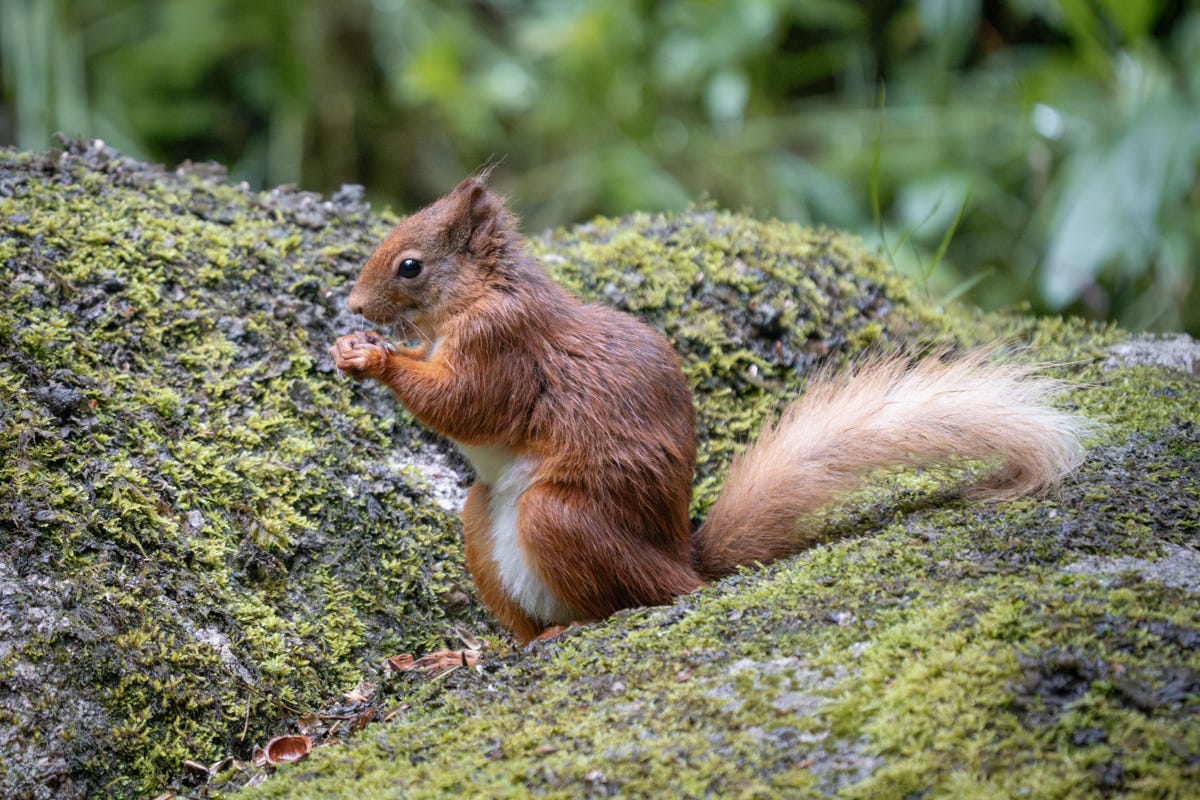

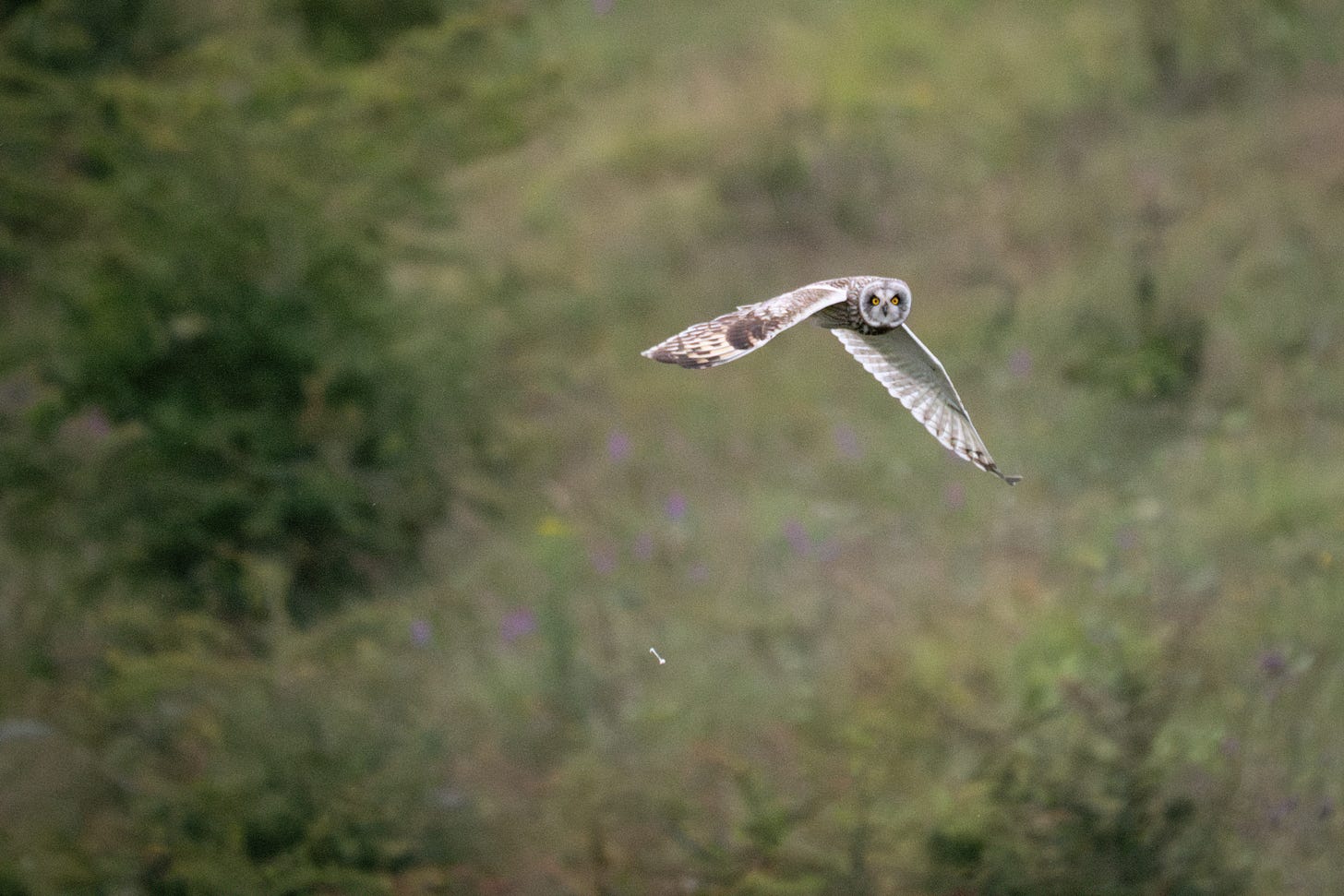

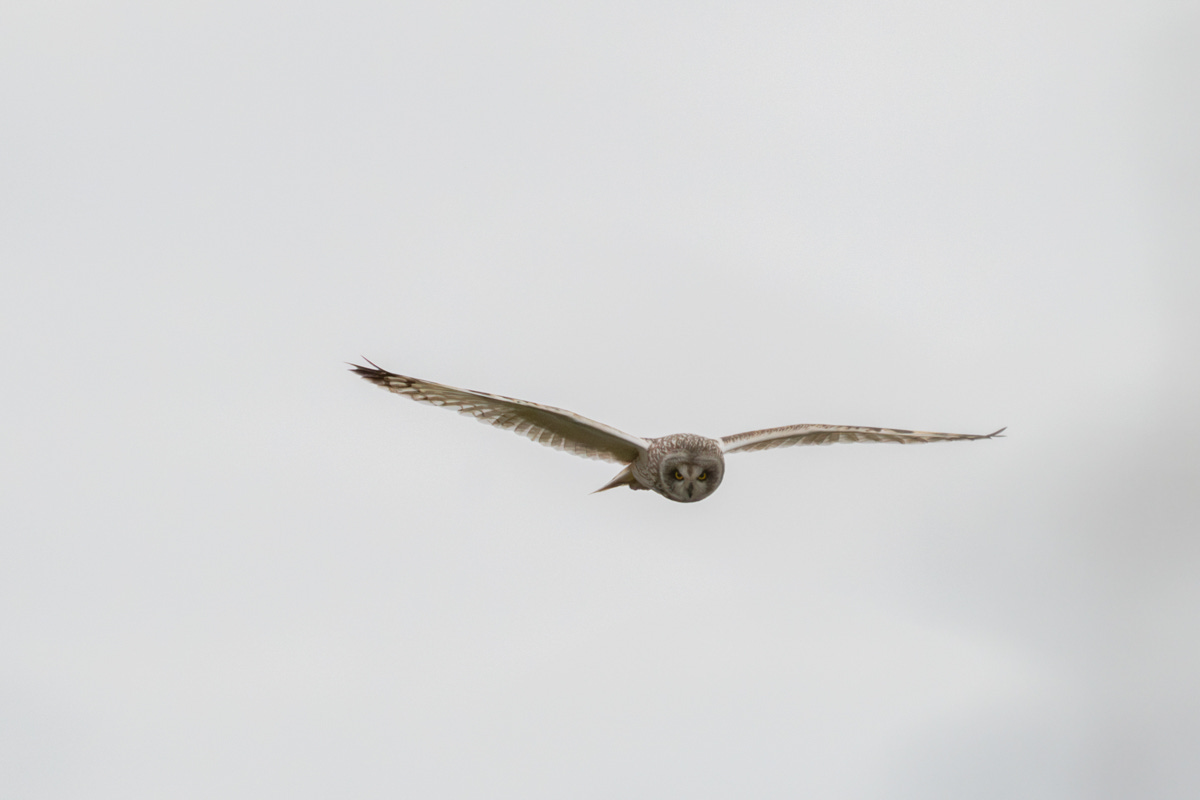

Enjoyable read. Shorties are magnificent birds.